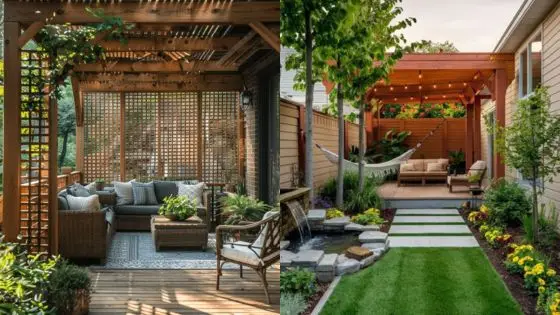Spring brings a fresh opportunity to transform your outdoor space into a vibrant haven of color and life. As the frost recedes and temperatures rise, your garden awakens with endless possibilities for renewal and growth. Creating a stunning spring garden starts with thoughtful planning, selecting seasonal plants that thrive in your specific climate, and preparing your soil with the right nutrients to support healthy development.
The perfect spring garden balances early bloomers like tulips, daffodils, and hyacinths with structural elements that provide visual interest throughout the season. Consider how you might clean up your flowerbeds, divide perennials, and add fresh mulch to create a foundation for your garden’s success. These essential tasks not only improve your garden’s appearance but also promote plant health and vigor.
Your spring garden can become a personal retreat that reflects your style while celebrating the season’s natural beauty. Whether you’re drawn to formal arrangements or prefer a more naturalistic approach, incorporating spring garden inspiration from various sources can help you craft a space that delights the senses and welcomes the warmer months ahead.
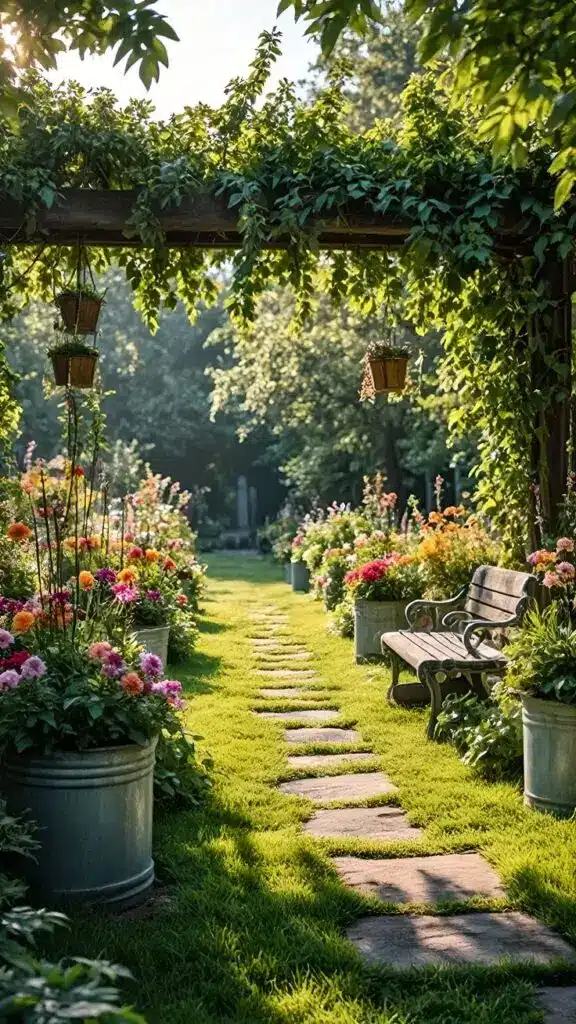
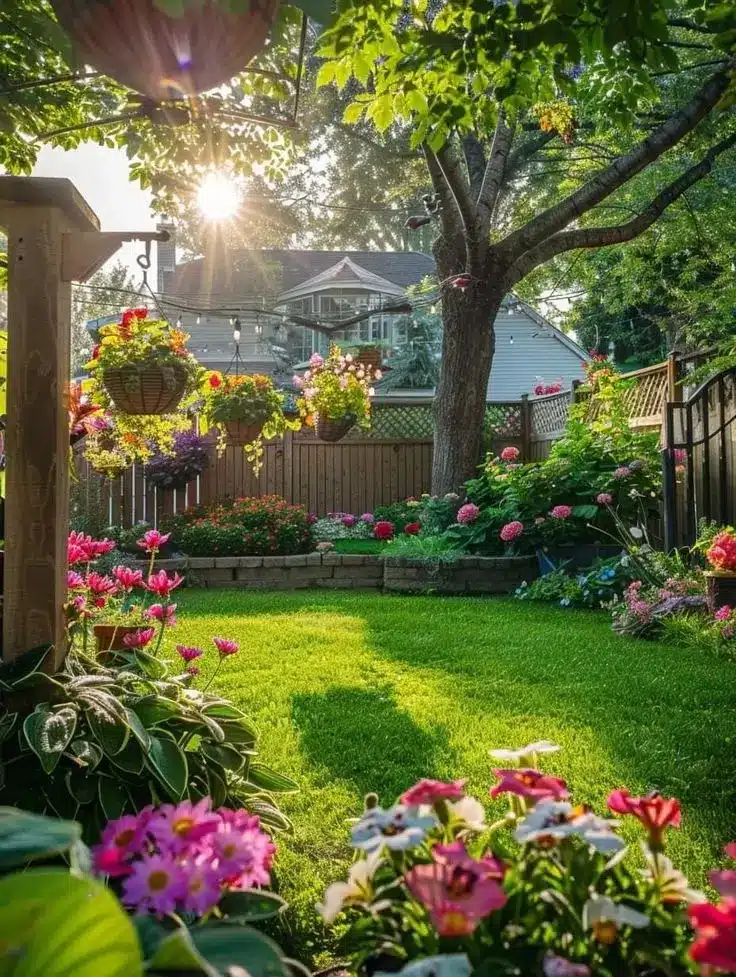

Key Takeaways
- Plan your spring garden with a mix of early bloomers and structural plants to ensure continuous visual interest throughout the season.
- Prepare your garden beds by cleaning debris, dividing perennials, and adding fresh mulch to create optimal growing conditions.
- Balance aesthetics with practicality by selecting plants suited to your specific climate and incorporating maintenance tasks into your regular routine.
Planning Your Spring Garden Layout
A thoughtful garden layout maximizes your growing space while ensuring plants receive the care they need. Proper planning now will lead to a more productive and enjoyable garden throughout the spring and summer seasons.
Evaluating Your Outdoor Space
Start by taking a good look at your outdoor space with fresh eyes. What worked last year, and what didn’t? Measure your garden area precisely so you know exactly what you’re working with.
Consider how you move through your garden. Are frequently visited plants easily accessible? You’ll want to place daily harvests like herbs and salad greens closer to your home for convenience.
Think about your planting zone and when your average last frost date occurs. This information is crucial for timing your plantings correctly.
Create a rough sketch of your garden beds. Many gardeners find success with a garden layout plan that groups plants with similar needs together.
Understanding Sunlight and Shade
Monitoring how sunlight moves across your garden is essential for placing your plants correctly. Most vegetables need 6-8 hours of direct sunlight, while some leafy greens can tolerate partial shade.
Keep track of sunlight patterns for a few days to identify:
- Full sun areas (6+ hours): Perfect for tomatoes, peppers, and squash
- Partial sun spots (4-6 hours): Good for leafy greens and some herbs
- Shady corners (less than 4 hours): Ideal for shade-tolerant plants
Tall plants like corn, sunflowers, and trellised vines should be positioned on the north side of your garden to prevent them from shading smaller plants. This thoughtful placement ensures all your plants receive adequate light.
Remember that spring brings vibrant colors with options like tulips and daffodils, which can be strategically placed to create visual interest while respecting sunlight needs.


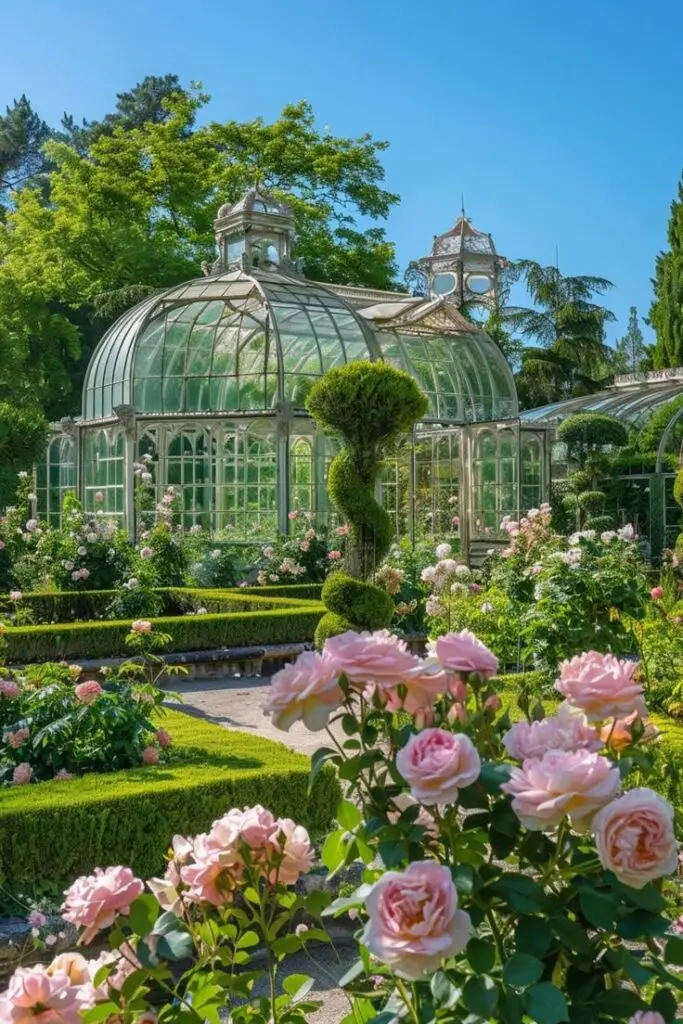
Choosing the Right Plants
Selecting appropriate plants is the foundation of a successful spring garden. The right choices will ensure vibrant blooms, healthy growth, and a rewarding gardening experience as the weather warms up.
Flowering Favorites for Spring
Spring is the perfect time to add color to your garden with flowering plants. Consider early bloomers like daffodils, tulips, and crocuses that can brighten your space as soon as winter fades. Plant different varieties of tulips (early, mid, and late) to extend the flowering season.
Hydrangeas are another excellent choice for sunny areas of your garden, providing dramatic blooms that last through the season. For shaded spots, try planting bleeding hearts and astilbe for a pop of color.
Don’t forget about flowering shrubs like forsythia and lilacs! These provide structure to your garden while delivering beautiful blooms. When selecting flowers, think about your color scheme and aim for a mix of heights and bloom times to keep your garden interesting throughout spring.
Incorporating Native Plants and Ferns
Native plants offer numerous benefits to your spring garden. They’re adapted to your local climate, requiring less water and maintenance while supporting local pollinators and wildlife. Check with your local nursery to discover which native plants thrive in your region.
Ferns add wonderful texture and a lush, woodland feel to partly shaded areas. Varieties like the lady fern or maidenhair fern unfurl beautiful fronds in spring that last all season long. These plants are particularly good for areas where other plants struggle.
Try creating a balanced garden by mixing different plant types including shrubs, perennials, and natives. This diversity creates visual interest and provides ecological benefits too.
When planning your native plant garden, group species with similar water and light requirements together. This practice, called hydrozoning, ensures all your plants thrive in their optimal conditions.
Growing Your Own Vegetables and Herbs
Spring is the ideal time to start a vegetable and herb garden. Before planting, check your region’s last frost date to ensure tender plants won’t be damaged by unexpected cold snaps.
Cool-season vegetables like lettuce, spinach, peas, and radishes can be planted as soon as the soil can be worked. For herbs, consider perennials like thyme, oregano, and chives that will return year after year, along with annuals like basil and cilantro.
When planning your vegetable garden, consider these factors:
- Sunlight requirements: Most vegetables need 6-8 hours of sun
- Spacing: Give plants enough room to grow
- Companion planting: Some plants help others thrive when planted nearby
Start with quality seed packets or seedlings from a reputable nursery. For beginners, it’s often easier to start with seedlings rather than seeds. Consider using raised beds for better soil control and drainage if you’re new to vegetable gardening.
Incorporate a few herbs near your kitchen door for easy access when cooking. Many herbs also produce flowers that attract beneficial insects to your garden.
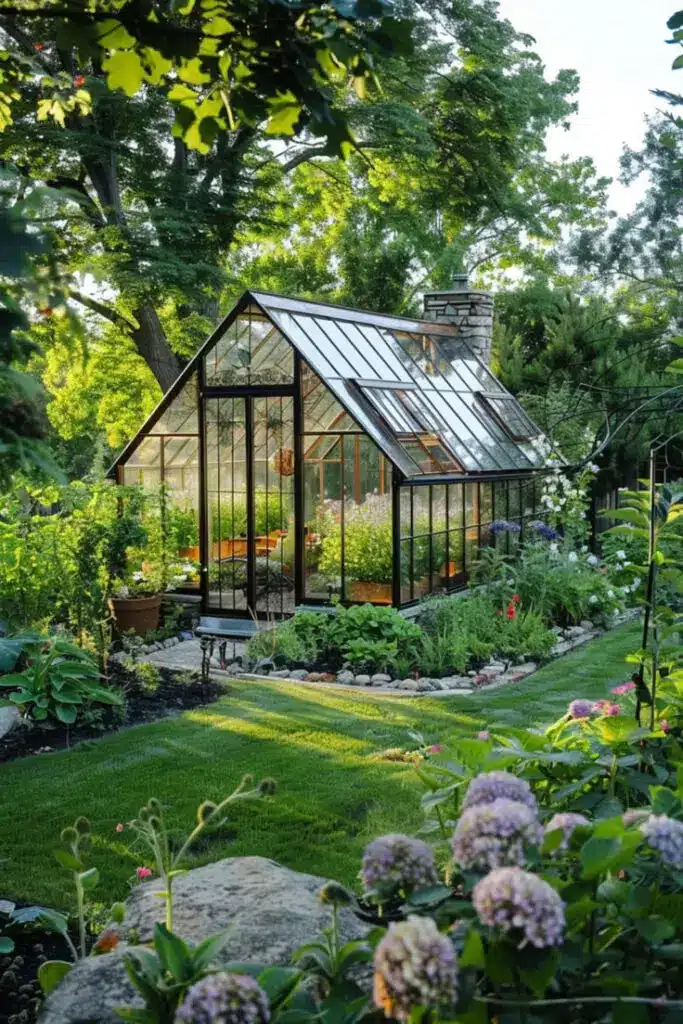

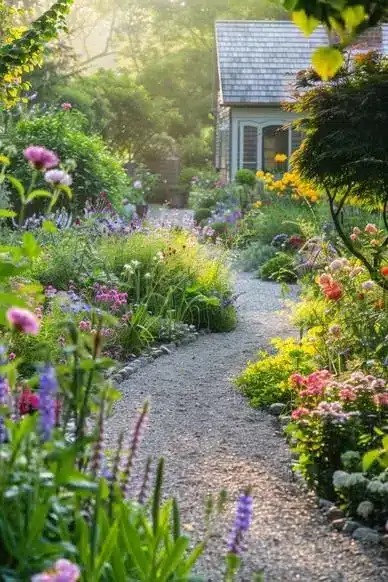
Preparing the Garden Soil
Good soil forms the foundation of any thriving spring garden. Taking time to properly prepare your soil now will reward you with healthier plants and more abundant harvests throughout the growing season.
Enriching Soil with Organic Matter and Compost
The secret to garden success lies in nutrient-rich soil. Adding organic matter to your garden beds improves soil structure, drainage, and fertility. Use a garden fork to mix compost, aged manure, or leaf mold into the top 6-8 inches of soil.
Ideally, you should have prepared your soil in fall, but early spring works too! Conduct a soil test to determine what specific amendments your garden needs.
For clay-heavy soils, add extra organic matter to improve drainage and prevent compaction. Sandy soils benefit from compost to help retain moisture and nutrients.
Don’t leave garden beds bare over winter. Cover your soil with mulch, leaves, or even cardboard to protect it from erosion and suppress early spring weeds.
Choosing the Right Potting Soil
For container gardens and raised beds, selecting appropriate potting soil makes all the difference. Commercial potting mixes typically contain peat, perlite, and vermiculite for optimal drainage and aeration.
Look for mixes labeled for your specific plants. Vegetables need different nutrients than flowers or herbs. Many quality potting soils include slow-release fertilizers to give your plants a head start.
You can enhance store-bought potting soil by mixing in your own compost. A good ratio is about 70% potting mix to 30% compost.
For seed starting, choose a finer-textured potting medium specifically designed for seeds. These lighter mixes help delicate seedlings establish strong root systems without struggle.
Remember to moisten potting soil before filling containers—dry potting mix can be difficult to wet thoroughly once plants are established.
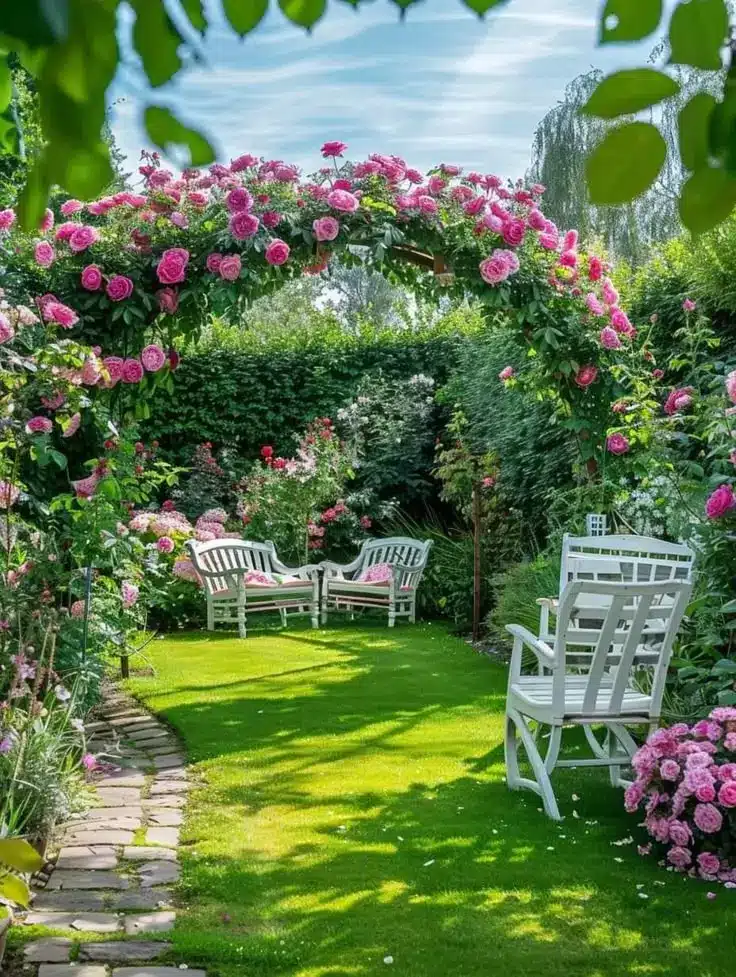
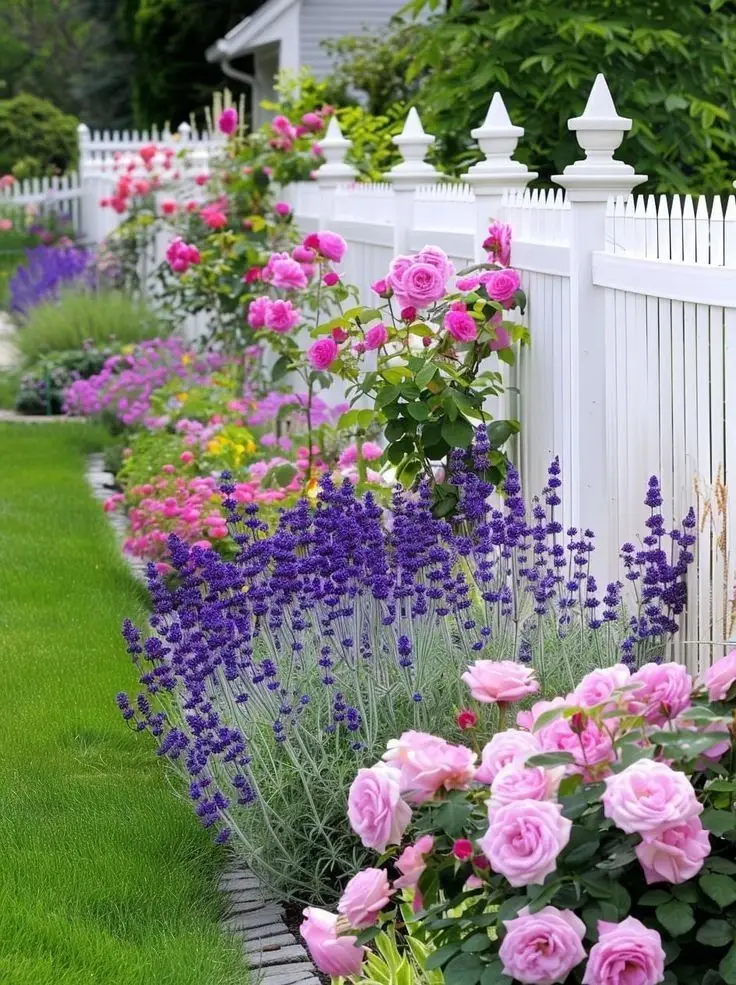

Planting and Maintenance
Spring gardening success depends on proper planting techniques and consistent care routines. Getting your timing right with seeds and providing the right amount of water can make all the difference in your garden’s health and productivity.
Starting Seeds Indoors and Transplanting Seedlings
Late winter to early spring is the perfect time to start your seeds indoors. Use seed-starting trays with good quality potting mix, and keep them in a warm location with plenty of light.
For most seedlings, transplant when they develop their second set of true leaves. Before moving your precious seedlings outdoors, harden them off by gradually exposing them to outdoor conditions over 7-10 days.
When transplanting, choose a cloudy day if possible to reduce transplant shock. Dig holes twice as wide as the root ball and place your seedlings at the same depth they were growing in their containers.
Early spring is ideal for planting cool-season crops like lettuce, spinach, and peas directly in your garden beds. These hardy vegetables actually prefer the cooler temperatures!
Watering, Weeding, and Ongoing Care
Consistent watering is crucial for your spring garden. Newly planted seedlings need frequent, light watering, while established plants generally prefer deeper, less frequent watering.
The best time to water is early morning, allowing foliage to dry during the day which helps prevent fungal diseases. Consider installing a drip irrigation system to save time and water more efficiently.
Stay on top of weeds by pulling them when they’re small and the soil is moist. Applying a 2-3 inch layer of mulch around your plants will help:
- Suppress weed growth
- Retain soil moisture
- Regulate soil temperature
- Add organic matter as it breaks down
Don’t forget to fertilize your garden based on plant needs. Many spring vegetables benefit from a balanced organic fertilizer applied according to package directions.
Frequently Asked Questions
Spring brings renewed energy to gardening enthusiasts with countless possibilities for growth and renewal. Gardeners commonly wonder about plant selection, timing, and practical approaches to make the most of the season.
What are some creative small garden ideas perfect for the spring season?
Vertical gardens make excellent use of limited space while creating visual interest. Try attaching window boxes to fences or walls to grow herbs, small flowers, or trailing plants.
Container gardening offers flexibility for small spaces and can be arranged to maximize sunlight exposure. Combine different container sizes for visual appeal while using lightweight pots that can be moved as sunlight patterns change.
Raised beds are perfect for small gardens and help with better soil control and drainage. You can customize the height to reduce back strain and create paths between beds for easy access to all your plants.
Can you suggest some vegetables that thrive when planted in spring?
Leafy greens like spinach, kale, and lettuce are excellent spring crops that can withstand cooler temperatures. These quick-growing vegetables often provide harvests within 30-45 days of planting.
Root vegetables such as radishes, carrots, and beets do wonderfully in spring soil conditions. Radishes are particularly satisfying as they can be ready to harvest in as little as 3-4 weeks.
Peas and snap beans are nitrogen-fixing plants that improve your soil while producing delicious harvests. Plant these early in spring once soil temperatures reach about 45°F for best results.
What are easy and simple garden projects to start this spring?
Creating a simple herb garden is a rewarding project for beginners. Start with hardy herbs like rosemary, thyme, and mint in containers near your kitchen for easy access when cooking.
Building a basic compost bin helps recycle kitchen and garden waste while creating nutrient-rich soil for your plants. A simple wire mesh container or even a repurposed plastic bin with drainage holes works well for beginners.
Installing a rain barrel is an eco-friendly project that collects water for garden use. Position it under a downspout and add a spigot near the bottom for easy access to free, natural water for your plants.
Which plants are ideal for adding color to a spring garden?
Spring bulbs like tulips, daffodils, and hyacinths provide early color and require minimal maintenance. Plant these in fall for spring blooms, or purchase pre-grown pots for instant color.
Pansies and violas tolerate cool temperatures and offer cheerful faces in various colors. These versatile flowers work beautifully in beds, borders, and containers, blooming from early spring through early summer in most climates.
Flowering shrubs like forsythia, azaleas, and rhododendrons create dramatic color impact. These low-maintenance options provide structure to your garden while bursting with blooms in spring.
How can I keep my spring gardening efforts budget-friendly, particularly for a cottage-style garden?
Start plants from seeds rather than buying established plants to save significantly. Many cottage garden favorites like cosmos, nasturtiums, and sweet peas grow easily from inexpensive seed packets.
Divide existing perennials like hostas, daylilies, and black-eyed Susans to multiply your plants for free. Early spring is the perfect time to dig up and separate these plants before they put on substantial growth.
Repurpose household items as planters, from old boots to colanders or wooden crates. These unique containers add character to a cottage garden while keeping costs down and giving new life to items that might otherwise be discarded.
What steps should I take to prepare my garden bed for spring planting?
Remove debris, weeds, and dead plant material to give your garden a clean slate. This thorough spring cleanup prevents pest and disease issues while improving appearance.
Test and amend your soil with compost or other organic matter to improve structure and fertility. Most vegetables and flowers prefer slightly acidic soil with good drainage and plenty of organic material.
Edge your beds and refresh mulch to define spaces and suppress weeds. A clean edge between lawn and garden beds creates a professional look, while 2-3 inches of mulch helps retain moisture and gradually improves soil quality.
- 39shares
- Facebook0
- Pinterest39
- Twitter0
